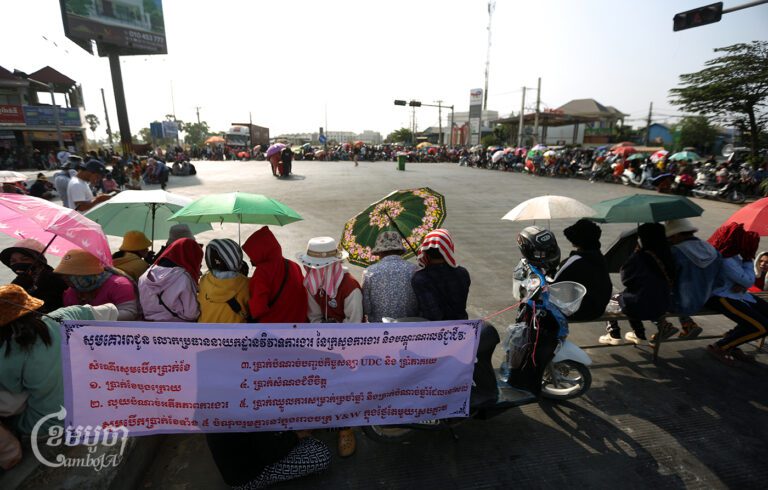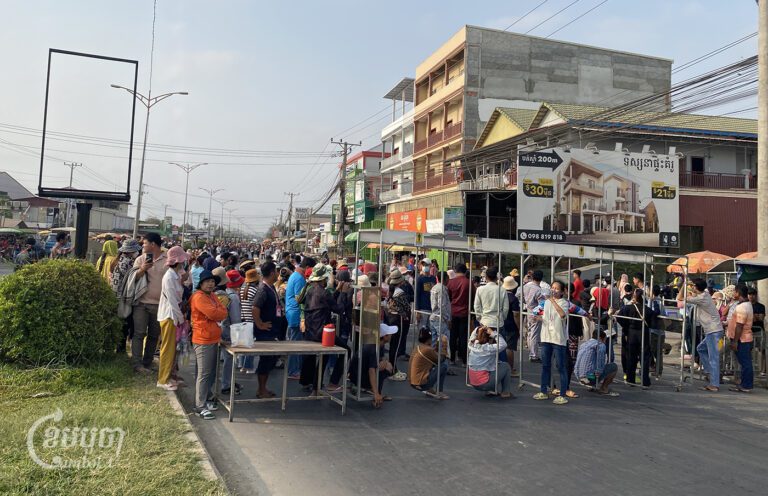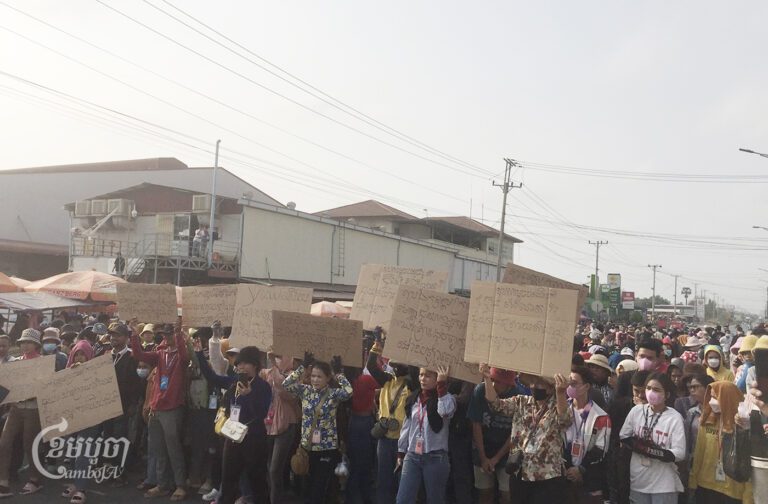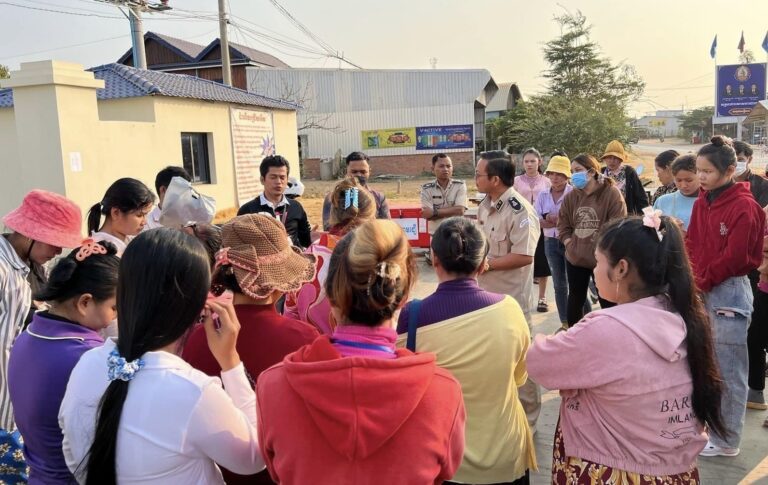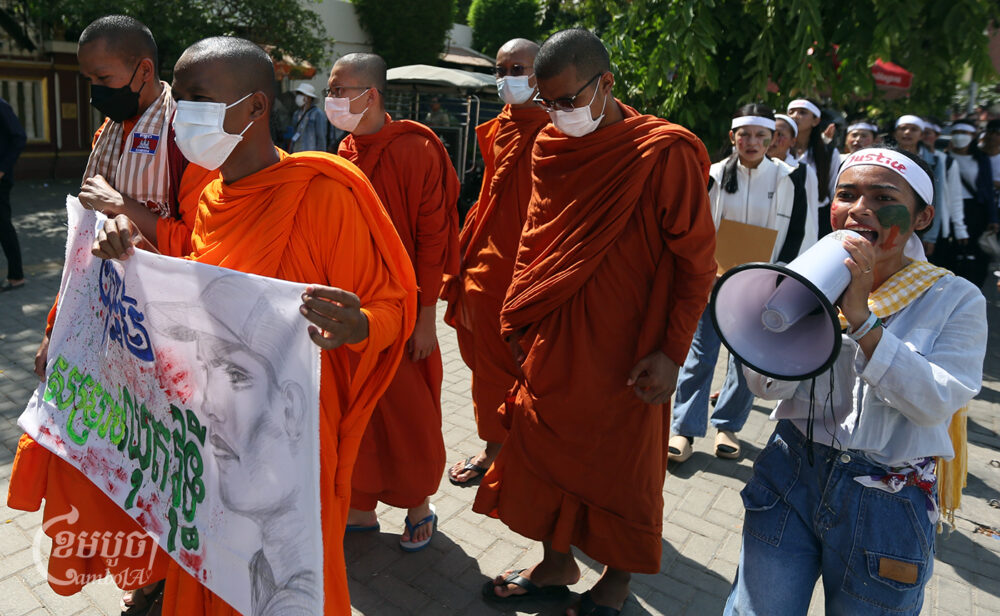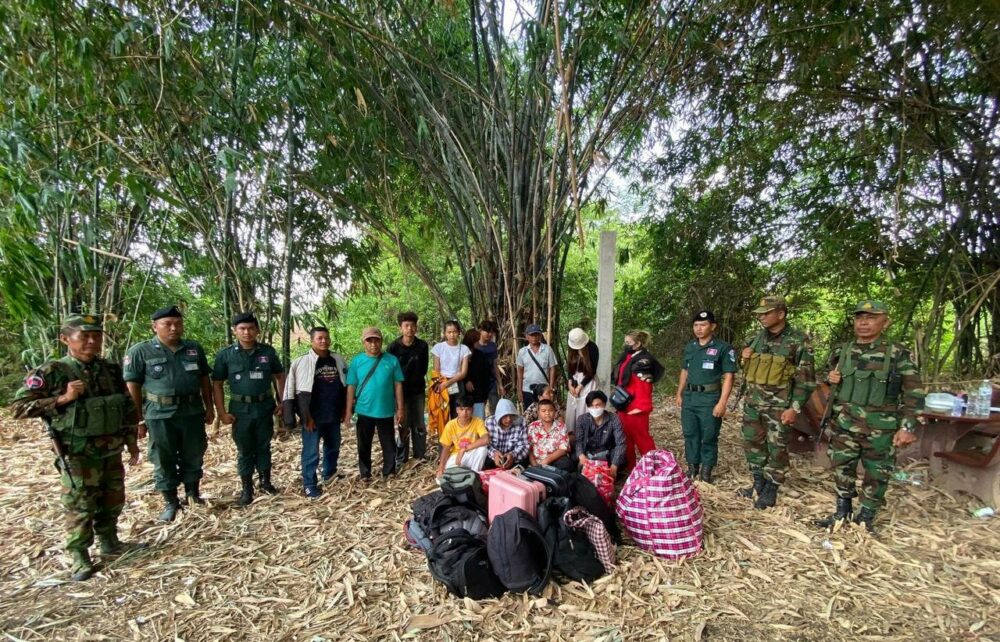In a bid to cut back on deadly traffic incidents, a project is aiming to replace often-perilous truck transports for garment workers with buses and other safety interventions.
The project is being implemented in cooperation between the government and non-governmental organizations, led by the road safety organization AIP Foundation with support from the German development agency GIZ and USAID, BFC/ILO, SC & VF cooperation. So far, the replacement program is being tested among workers from 43 factories in Phnom Penh and other provinces.
AIP’s Cambodia country director Kim Pagna said the project has been ongoing since 2018 in response to data indicating that 20 percent of annual worker deaths from all sectors are due to traffic accidents.
“Although most of our injured workers are motorcyclists, we also find that the number of workers who are injured and travel by trucks are still around 10 percent per year, occurring almost every month,” he said. “There are dozens of workers who lost their lives, [or suffered] serious injuries and disabilities.”
Pagna said the ultimate goal of the program would be to upgrade all of the vehicles carrying workers to safer models. But there are barriers to making that a reality, he said, and it will take time. He pointed to obstacles such as low-quality vehicles, unsafe drivers, poor road conditions, and low safety budgets.
In 2020, according to AIP, there were 2,206 traffic incidents involving garment and footwear workers, or the equivalent of more than 183 collisions per month. In all these incidents, a total of 30 workers were killed and 467 were seriously injured.
According to a preliminary report from the National Police, in the first 10 months of this year, there were 2,131 traffic incidents causing 1,198 deaths and 2,929 minor injuries.
Among these incidents, 77 percent of fatalities were among motorcyclists, 78 of whom were not wearing helmets. Large portions of these drivers were reportedly not following traffic laws at the time of the crash, and 15 percent were drunk-driving.
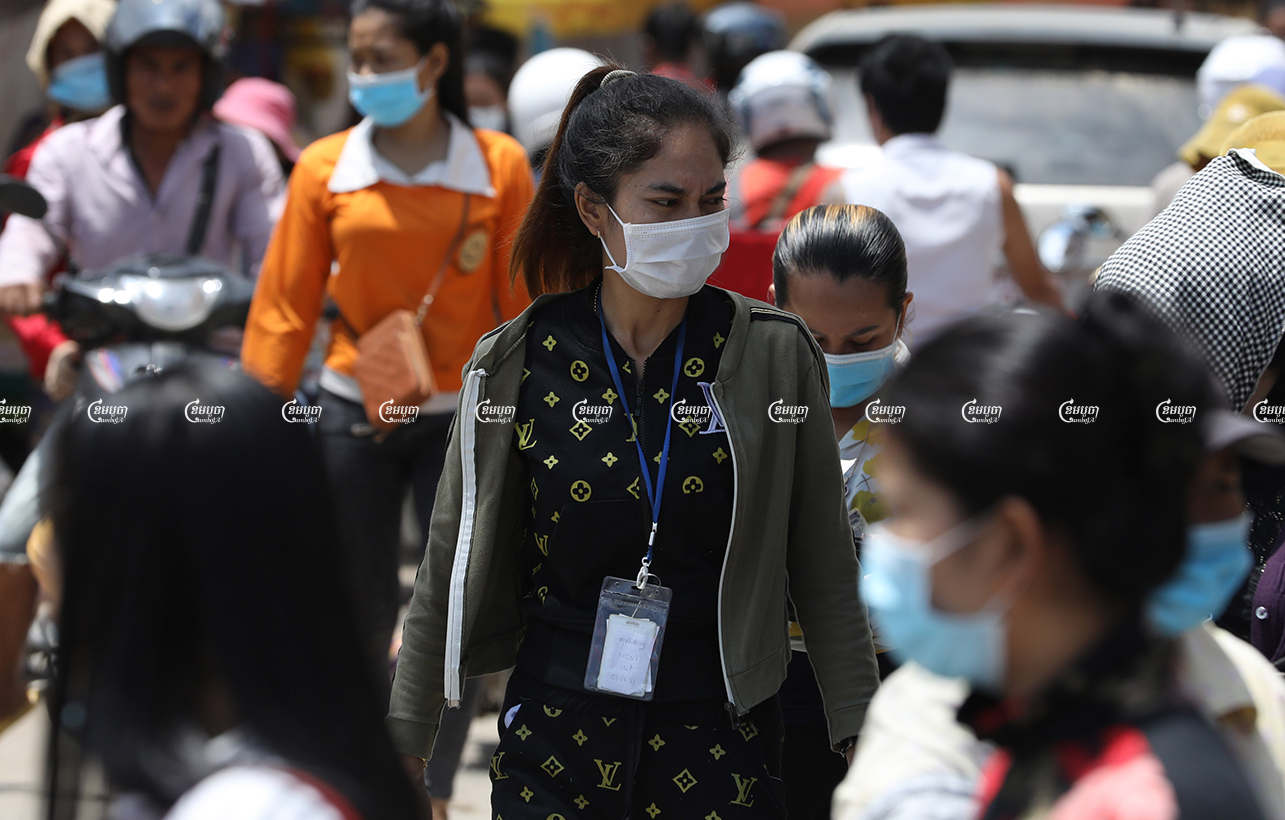
Though many workers use their own vehicles, others pack into the backs of open-air trucks similar to those used to transport livestock.
There are more than 700,000 garment workers in Cambodia and, according to AIP, many face the risk of traffic-related injuries due to some combination of vehicle and operator failure.
Those who ride in trucks are subject to the experience levels of truck drivers, as well as their willingness to obey traffic laws. Trucks are often not fully inspected, are overloaded with passengers or are in poor condition. Other workers who ride motorbikes often don’t wear helmets. Finally, heavy road traffic or low-quality infrastructure contributes to many road incidents.
The ongoing safety program is also focused on training 1,000 drivers in seven provinces.
“We want to see more than 3,000 truck drivers trained in safe driving and change from unsafe to safe trucks,” Pagna said. “Currently about 60 percent of workers’ trucks are modified without standards.”
Neak Heng, president of the Transport and Informal Work Association, said low income and transport budgets have been a barrier to safer practices.
“Firstly, drivers do not have money to change to new trucks,” he said. “The second reason is related to the income of garment workers, so the workers would seek low cost transportation,” Heng added.
“What we have to do is to work together with garment workers, government, buyers, and other NGO partners to assess and inspect those trucks to make sure they follow technical standards,” he said.
He added that the National Social Security Fund (NSSF) should invest in drivers so that they can afford to change the new trucks.
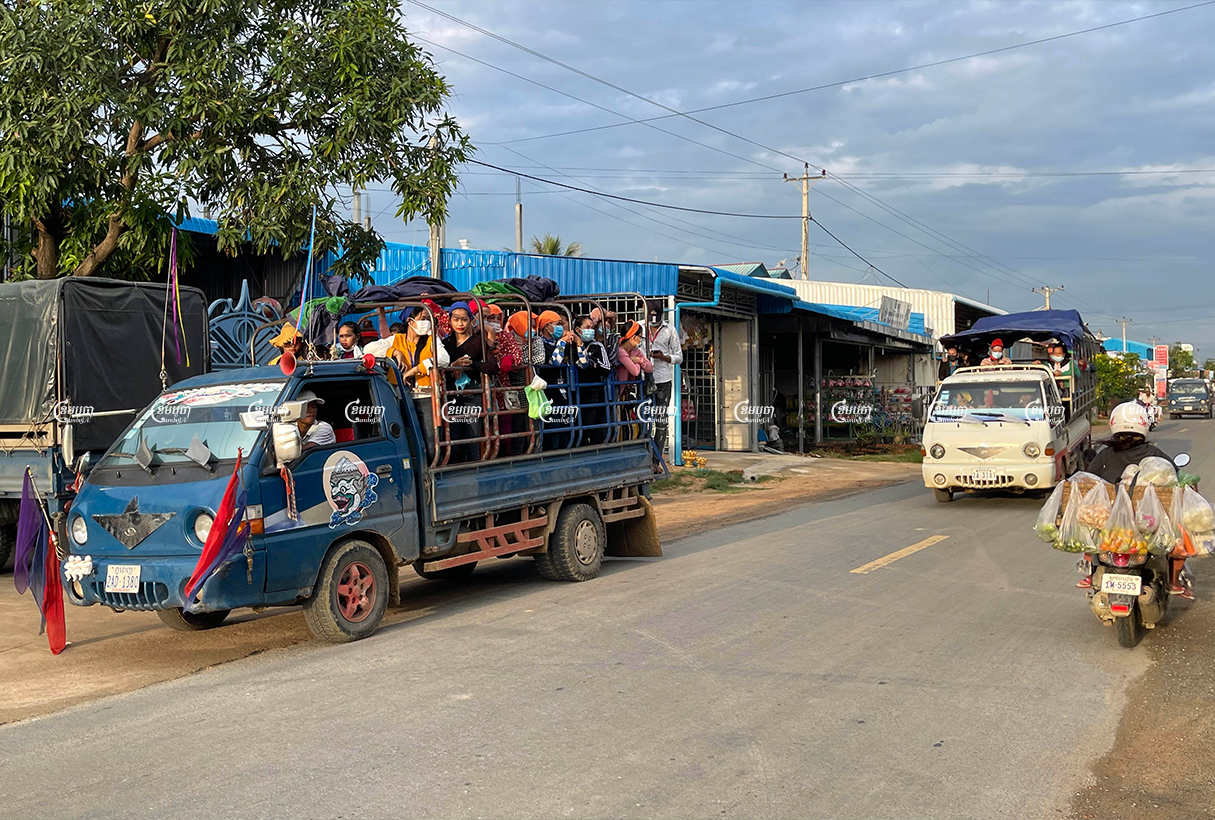
Pagna said AIP does not have a budget to replace trucks but will work with other stakeholders for the improving quality of trucks and safety.
However, he said some factory owners have begun to provide monthly payments on transportation to workers and other assistance. The workers themselves are also willing to pay extra, though they need adequate transportation to ensure safety, Pagna said.
Chhorn Sophea, 37, a garment worker in Kampong Chhnang province, said the trucks she takes to work are loaded with 50 workers, with no space to sit.
In May, a truck she was riding in blew a tire and crashed, causing minor injuries among the workers.
“At that time, I was very frightened, I was afraid of the truck overturning, but luckily the driver braked on time and no one got serious injuries,” she added.
After the accident, Sophea said she fears for her safety during travel.
“I spend 32,000 riels (about $8) per month on my transportation. Other workers and I are concerned about our safety every day. We just want to have decent transportation with not too high a price while ensuring our safety,” she said.



